Got any questions in response to this article?
If you have questions or would like more information about Marktlink Capital and its funds as a result of this article, please feel free to contact us for further clarification.
A picture is worth a thousand words; this is certainly true for graphs as well. One of the most important graphs that provide insight into how investing in private markets works is the "J-curve." The J-Curve – in a stylized manner – shows how the cash flow of your investment in a fund-of-funds can progress.
The J-Curve
As always with a graph, it's important to look at what is on the axes. Vertically on the y-axis are euros, and horizontally on the x-axis, we find time in years. The line you see is a trend line through a number of bars, and together they express the cash flow.

The euro axis does not only show positive numbers. As you can see, the line dips below zero in the first few years, reaches a break-even point at a certain moment, and the cash flow becomes positive thereafter. This means that in the initial years, you deposit money, and after the break-even point, you receive money until the graph stops.
Capital Calls
When we look at the underlying processes, it becomes clear where this curve originates. The line starts to move when the capital is committed. This essentially means that you pledge an amount to a selection of funds, which then seek out companies to invest in. Once they have found suitable companies and proceed with the purchase, a capital call follows: a request to fulfill your share of the purchase amount. In the first 4 to 5 years of the fund-of-funds, these capital calls continue until the funds have roughly reached the committed amount.
After a few years of adding value, the companies are initially sold again. Then the cash flow reverses, and you receive your share of any proceeds. When all companies from the underlying funds have been sold, the investment process is completed, and the line ends back at zero.
Returns
The return is therefore the difference between what you have paid below the line and what you have received above the line. Viewed differently, you have a positive return if the right bump above the line is larger than the bump below the line. In reality, the graph looks slightly different. At the start of your investment, you transfer a minimum amount, from which the initial investments are made. Also, the transition from net payment to net receipt is not a sharp cut: often money returns from the funds earlier, but it is reinvested in new deals. This process is called recycling.
Additionally, the cash flow profile varies per fund, depending on the nature of the fund. Broadly speaking, you can say that funds investing in secondaries generate distributions faster because they continue existing investments, while investment funds focusing on fundamental technology startups (deep tech) have a longer profile with more distributions towards the end. This is because the development and rollout of technology simply take longer.
The J-curve is thus an indicative illustration of the average cash flow profile of the underlying funds within a fund-of-funds and not a guarantee for future cash flows or results.




